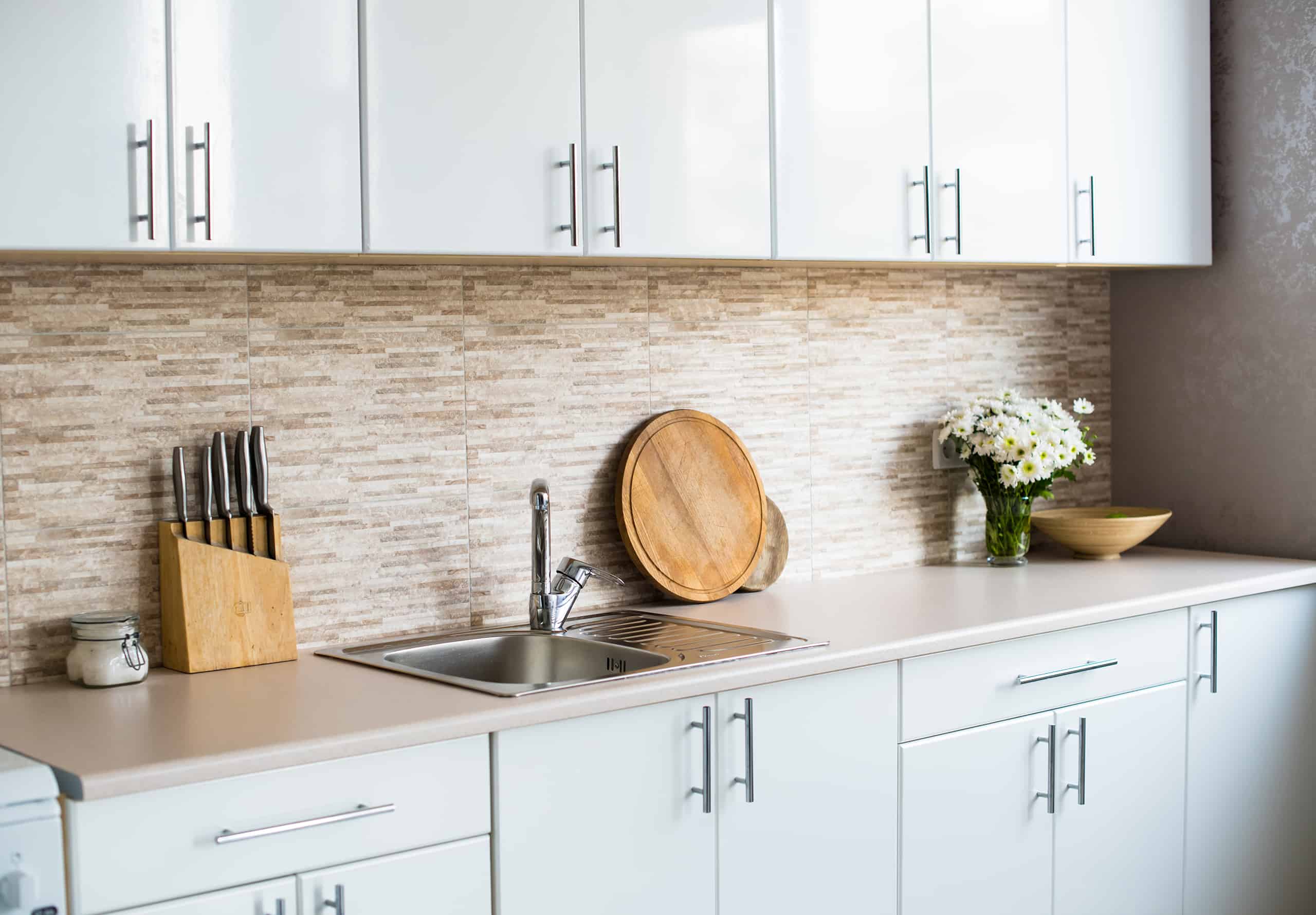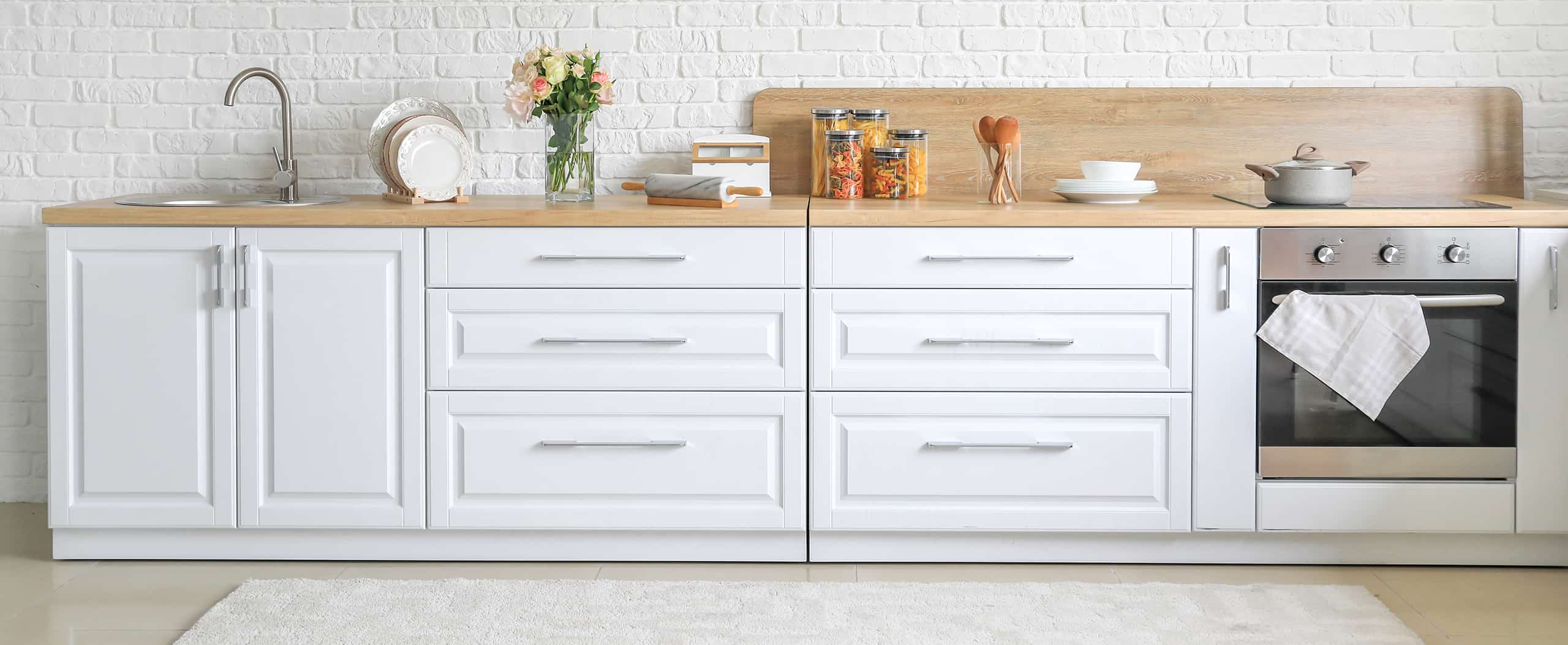Choosing the Right Handles

Selecting the perfect kitchen cabinet handles can significantly impact the overall aesthetic and functionality of your kitchen. The right handles not only enhance the look but also improve the ease of use. Consider this your guide to navigating the world of cabinet hardware.
Types of Kitchen Cabinet Handles
Cabinet handles come in a variety of styles, each offering a unique look and feel. The three main categories are knobs, pulls, and bar handles. Knobs are small, round handles that are typically mounted directly onto the cabinet door. They are ideal for smaller cabinets or drawers where a larger handle might be cumbersome. Pulls, on the other hand, are longer handles that extend horizontally from the cabinet door, offering a more substantial grip. Bar handles, also known as cup pulls, are similar to pulls but have a more elongated, cylindrical shape. They are often used for a modern or minimalist look. Let’s explore dimensions and material options. Knobs usually range from 1 to 2 inches in diameter. Pulls can vary widely, from 3 to 12 inches in length, while bar handles typically range from 6 to 12 inches. Material options include brass, stainless steel, nickel, zinc alloy, and ceramic, each with its own advantages and disadvantages.
Handle Material Comparison
The material you choose for your handles will significantly affect their durability, cost, and aesthetic appeal. Below is a comparison of three popular materials:
| Material | Durability | Cost | Aesthetic Appeal |
|---|---|---|---|
| Brass | High; resists scratches and corrosion, develops a patina over time | High | Classic, warm, luxurious; can be polished to a high shine or left with a more matte finish. |
| Stainless Steel | Very High; extremely durable and resistant to rust and scratches | Medium to High | Modern, sleek, clean; often brushed or polished to various degrees of shine. |
| Nickel | High; durable and resistant to corrosion | Medium | Versatile; available in various finishes, from brushed nickel’s matte look to polished nickel’s shine, offering both modern and traditional aesthetics. |
Handle Finishes and Kitchen Décor
Choosing the right handle finish is crucial for creating a cohesive and stylish kitchen. Consider your existing kitchen décor when making your selection. For example, a modern kitchen with stainless steel appliances might pair well with brushed nickel or stainless steel handles. A traditional kitchen with wooden cabinets might look best with brass or oil-rubbed bronze handles. The finish should complement, not clash with, the existing color palette and style. Think about the overall tone – warm or cool – to ensure harmony. For instance, warm tones like brass or copper will create a warmer feeling, whereas cooler tones like brushed nickel will contribute to a more modern and minimalist vibe.
Handle Placement and Cabinet Design
The placement of your handles also significantly impacts the overall design. Handles can be centered or offset. Centered handles create a symmetrical and balanced look, suitable for traditional or classic kitchen styles. Offset handles, placed slightly off-center, offer a more modern and asymmetrical aesthetic, often seen in contemporary kitchens. Imagine a simple shaker-style cabinet: a centered knob creates a traditional look, while an offset bar pull provides a more contemporary feel. The visual impact is considerable, with centered placement emphasizing the cabinet’s symmetry and offset placement adding a touch of asymmetry and visual interest. The placement decision should complement the overall design style of your kitchen.
Installation Techniques: How To Install Kitchen Cabinet Handles

Installing kitchen cabinet handles might seem daunting, but with the right tools and a little patience, it’s a manageable DIY project. This section will guide you through the process, covering different handle types and troubleshooting common issues. Remember to always prioritize safety and take your time; rushing can lead to mistakes.
How to install kitchen cabinet handles – The installation process varies depending on the type of handle and the cabinet construction. Generally, you’ll either be screwing directly into the cabinet door or drawer front, or using a pre-existing hole pattern. Accurate measurements and careful marking are crucial for a professional-looking finish.
Handle Installation Methods
The method for installing your handles will depend on their design. Some handles come with pre-drilled holes for easy installation, while others require you to drill your own. Below, we’ll cover both scenarios.
- Handles with Pre-Drilled Holes: These are the easiest to install. Simply align the handle with your markings, and screw it in place using the provided screws. Ensure the screws are tightened securely, but avoid over-tightening, which could strip the wood or damage the handle.
- Handles Requiring Pre-Drilling: This involves drilling pilot holes before attaching the handles. This prevents the wood from splitting and ensures a clean, secure installation. The size of the pilot hole will depend on the screw size; it should be slightly smaller than the screw diameter.
Tools and Safety Precautions
Having the right tools makes the job easier and safer. Always prioritize safety by wearing appropriate protective gear.
- Measuring Tape: Essential for accurate placement of handles.
- Pencil: For marking the handle positions.
- Drill (with appropriate drill bits): Needed for pre-drilling holes (if required).
- Screwdriver (or drill with screwdriver bit): For tightening the screws.
- Level: Ensures handles are perfectly aligned.
- Safety Glasses: Protect your eyes from flying debris during drilling.
Measuring and Marking Handle Placement
Consistent spacing is key to a professional look. Here’s how to ensure even alignment:
- Measure the distance between the centers of the existing holes (if applicable) or decide on a consistent spacing between handles based on your preference and the size of your cabinet doors.
- Using a measuring tape and pencil, mark the center point for each handle on the cabinet door or drawer front. A level can help ensure horizontal alignment.
- Double-check your measurements before drilling or screwing in any handles. It’s easier to correct a mistake at this stage than after the handle is attached.
Troubleshooting Common Installation Problems
Even experienced DIYers encounter occasional hiccups. Here are solutions to common problems:
- Misaligned Handles: If handles are misaligned, carefully remove them and re-mark the placement points, using a level to ensure accuracy. This is why double-checking your measurements before installation is crucial.
- Stripped Screws: Over-tightening is the most common cause. If a screw is stripped, try using a slightly larger screw or a screw with a different thread pattern. In some cases, you may need to fill the stripped hole with wood filler, let it dry, and then re-drill a new pilot hole.
- Cabinet Damage: Drilling too deep can damage the cabinet door. Always use a pilot hole that’s slightly smaller than the screw’s diameter. If the cabinet is damaged, wood filler can help repair minor imperfections.
Finishing Touches & Alternatives

So, you’ve wrestled with screws, wrestled with alignment, and your kitchen cabinets now sport brand-new handles. But the job isn’t quite finished yet. There are a few crucial steps to ensure a professional-looking result and address potential issues that might crop up. We’ll cover some elegant finishing touches and explore alternative installation methods for those who prefer a less invasive approach.
We’ll explore how to deal with those pesky old screw holes, how to remove old handles without leaving a mark, and even a clever adhesive alternative for those who’d rather not use screws at all.
Filling and Repairing Screw Holes, How to install kitchen cabinet handles
Before installing new handles, you’ll likely find yourself staring at a collection of unsightly screw holes from your old hardware. These need to be filled and smoothed for a clean, professional finish. The best approach depends on the material of your cabinets. For wood cabinets, wood filler is your go-to solution. Choose a filler that matches the color of your cabinets as closely as possible. Apply the filler, ensuring it’s slightly overfilled to allow for sanding. Once dry, use fine-grit sandpaper to smooth the surface until it’s flush with the cabinet door or drawer front. For painted cabinets, you might need to use a paintable wood filler or even a spackling compound, followed by touch-up paint to match the existing finish. Remember to let everything dry completely before applying the new handles.
Removing Old Handles Without Damage
Removing old handles without causing damage requires a bit of finesse. Start by carefully examining the type of screws used. If they are Phillips head screws, use a Phillips head screwdriver of the appropriate size. If they are flathead screws, use a flathead screwdriver. Avoid using too much force, which can strip the screw head or damage the surrounding wood. If a screw is stubborn, try applying a bit of penetrating oil and letting it sit for a few minutes before attempting to remove it again. For handles with decorative covers or escutcheons, gently pry them off with a putty knife or flathead screwdriver, being careful not to scratch the cabinet surface. Once the screws are removed, the handle should come off easily. If you encounter any resistance, try gently rocking the handle back and forth to loosen it. If the handle is glued on, you might need to use a heat gun to soften the adhesive before attempting to remove it. Always work slowly and methodically to avoid damaging your cabinets.
Adhesive Installation Method
For those who want a screw-free approach, mounting handles with a strong adhesive is a viable alternative, particularly for lighter handles on sturdy cabinets. This method is best suited for smaller, less-weight-bearing handles. However, it’s important to note that this is not suitable for heavy handles or cabinets that experience significant stress. Thorough surface preparation is crucial for success. Start by cleaning the cabinet surface with a degreaser to remove any dirt, grease, or old adhesive residue. Then, allow the surface to dry completely. For optimal adhesion, consider lightly sanding the area to create a slightly rough surface. A high-quality construction adhesive designed for wood and painted surfaces is recommended. Apply the adhesive according to the manufacturer’s instructions, ensuring even coverage on both the handle’s mounting surface and the cabinet. Firmly press the handle into place and hold it for the recommended amount of time to allow the adhesive to set. Consider using weights or clamps to maintain pressure and ensure a secure bond during the curing process. Appropriate adhesives include epoxy for extremely strong bonds, or a strong construction adhesive specifically formulated for use with painted surfaces. Remember to test the adhesive on an inconspicuous area first to ensure compatibility with your cabinet’s finish.
